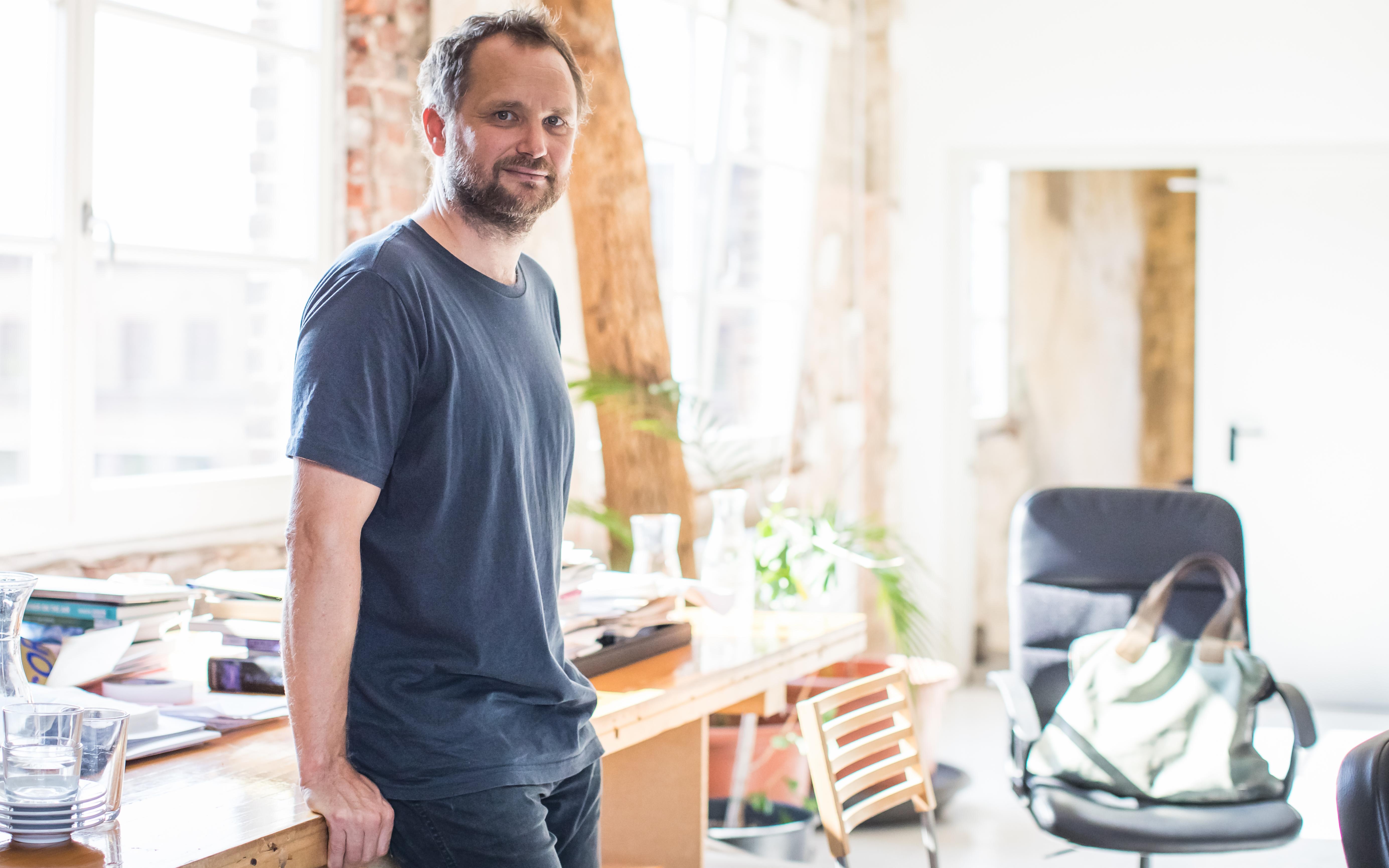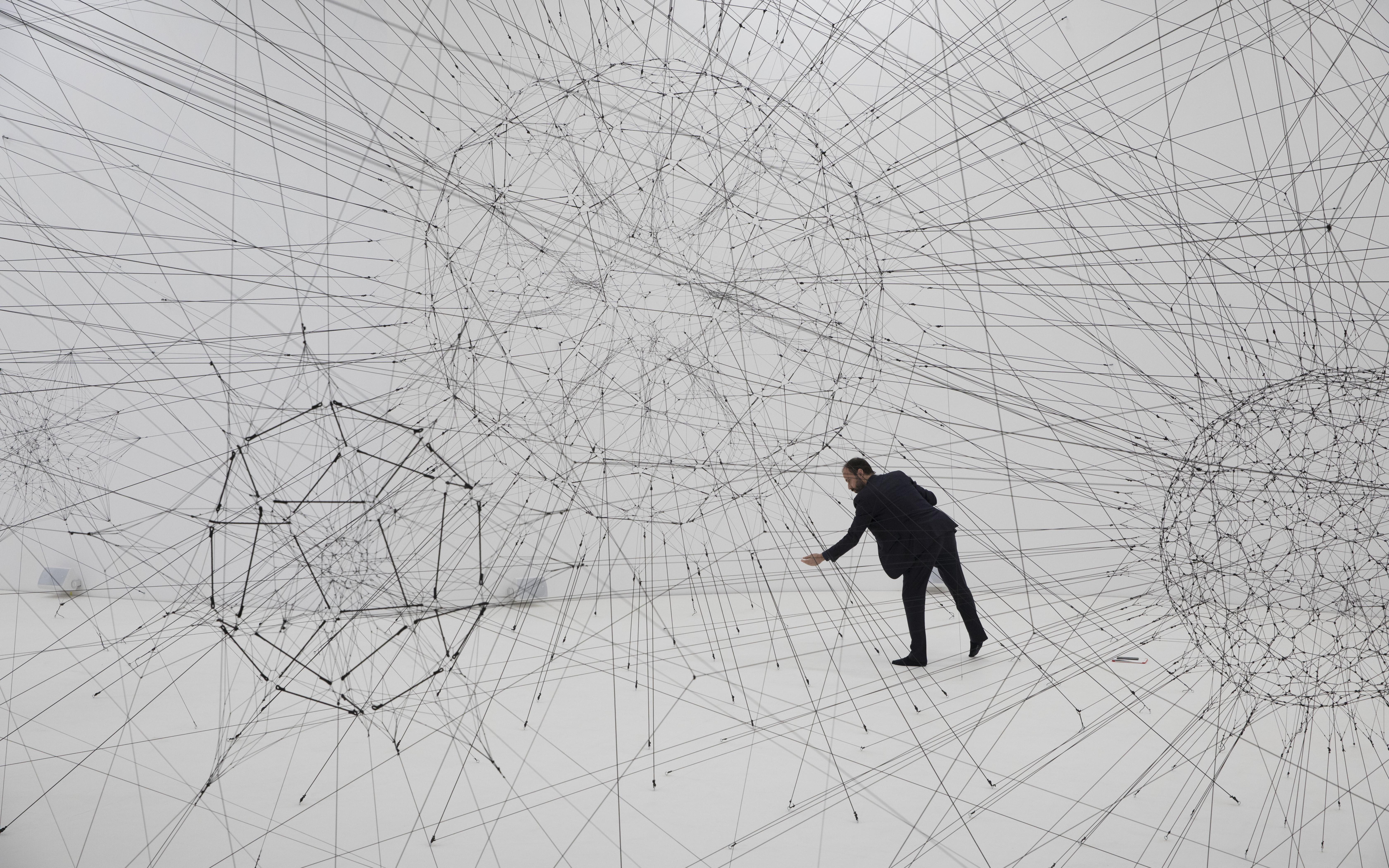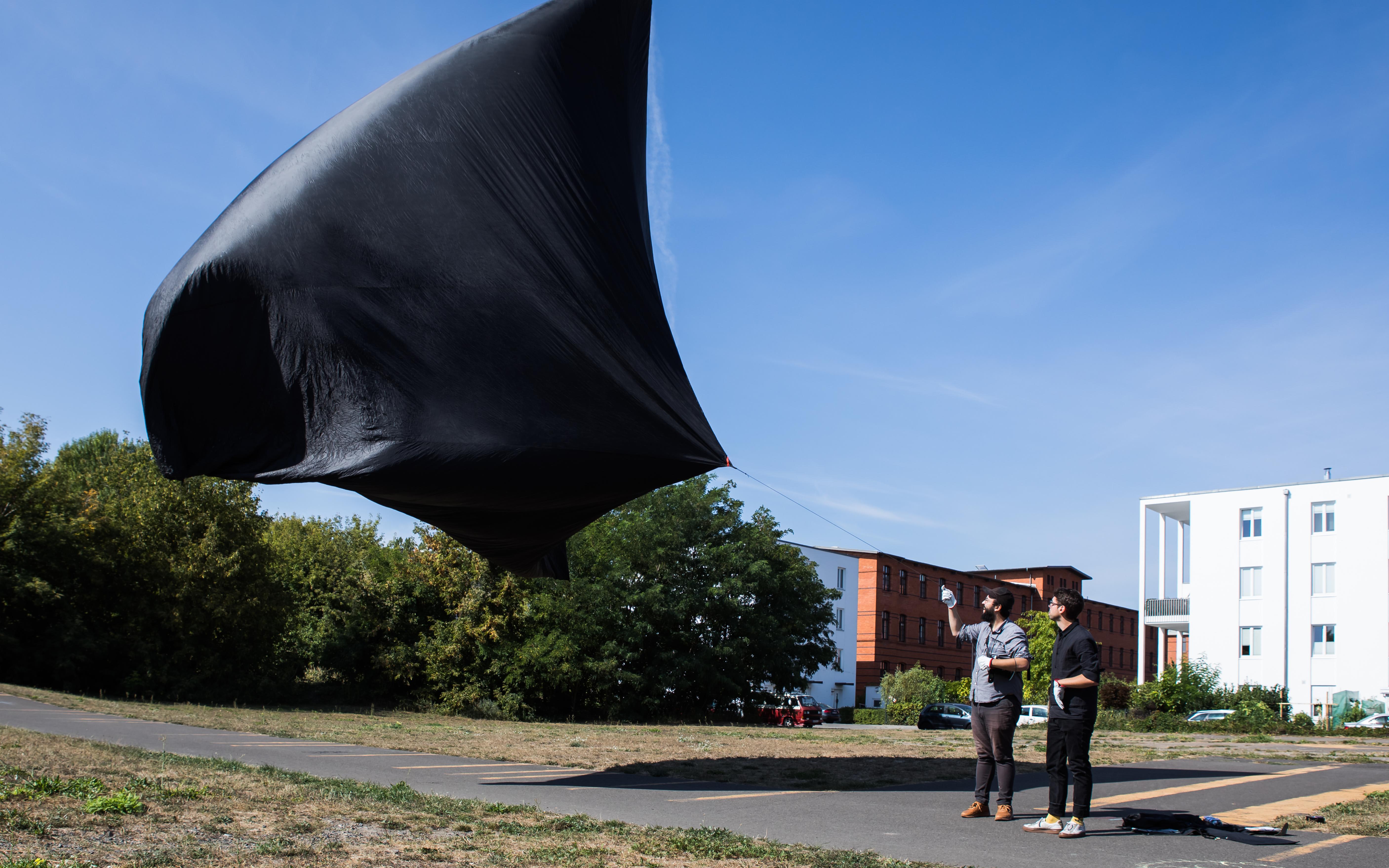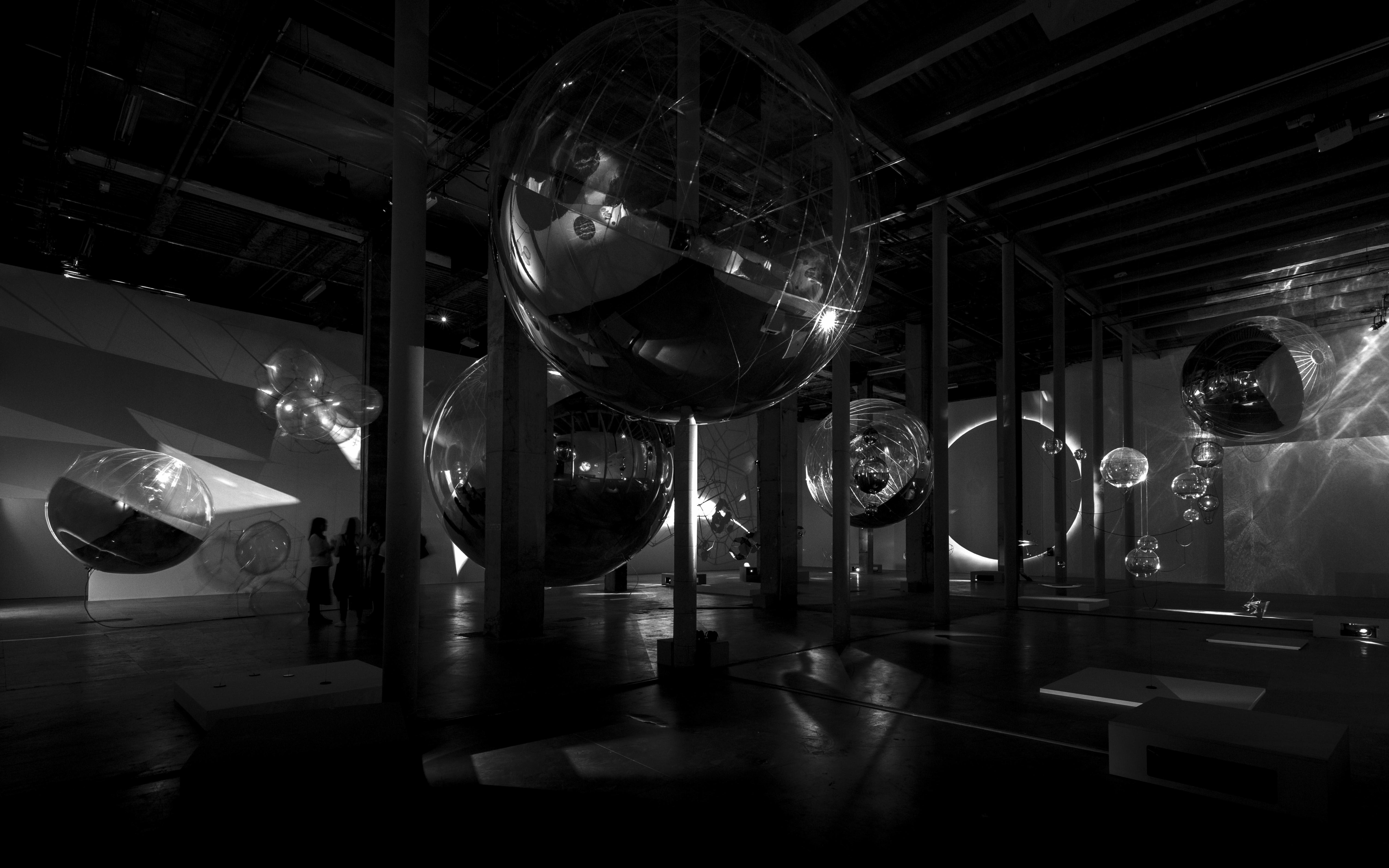The sky is no limit: Artist and eco-philosopher Tomás Saraceno pulls energy from thin air in Miami Beach
With his latest Aerocene Foundation project, the Berlin-based artist demonstrates how to power the planet sustainably
Log in and subscribe to receive Art Basel Stories directly in your inbox.



